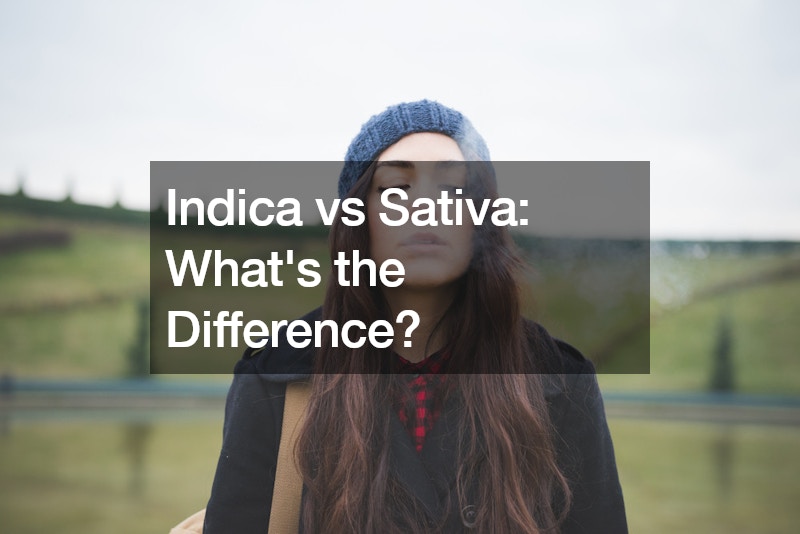
When exploring the world of cannabis, you’ll often encounter two primary categories: Indica and Sativa. Understanding the differences between Indica and Sativa can help you choose the right strain for your needs when you visit dispensaries in Michigan.
Origins and Growth Patterns
Indica and Sativa originate from different parts of the world. Indica strains are native to the Hindu Kush region of Afghanistan, Pakistan, and India. These plants tend to be short, bushy, and have wide leaves. They are well-suited to cooler climates and shorter growing seasons. Indicas typically have a shorter flowering time, which makes them popular among cultivators seeking quicker harvests.
On the other hand, Sativa strains are found in equatorial regions such as Colombia, Mexico, Thailand, and Southeast Asia. Sativa plants grow tall, with thin, finger-like leaves, and can reach heights of over 12 feet. They thrive in warmer climates with longer growing seasons. Sativas usually have a longer flowering period, which requires more patience from growers but often results in larger yields.
Effects and Uses
The effects of Indica and Sativa strains are where the most noticeable differences lie. Indica strains are often associated with relaxing and sedative effects. They are commonly recommended for evening use or before bedtime. Indica strains are effective in relieving stress, anxiety, and pain, making them popular among medical cannabis users. They can also help with insomnia and muscle spasms due to their calming properties.
In contrast, Sativa strains are known for their uplifting and energizing effects. These strains are ideal for daytime use as they can enhance creativity, focus, and sociability. Sativas are often used to treat conditions such as depression, ADHD, and chronic fatigue. They provide a cerebral high that stimulates the mind and can inspire productivity and creative thinking.
Chemical Composition
The differing effects of Indica and Sativa strains can be attributed to their distinct chemical compositions. Indica strains generally have higher levels of CBD (cannabidiol) and lower levels of THC (tetrahydrocannabinol), although this is not a strict rule. The higher CBD content contributes to the body-centric effects of Indicas. Sativa strains, however, tend to have higher THC levels and lower CBD levels, leading to their psychoactive and stimulating effects.

Hybrid Strains
It’s also important to note the existence of hybrid strains, which are crossbreeds of Indica and Sativa plants. Hybrids can offer a balanced experience, combining the best of both worlds. They are often tailored to achieve specific effects, whether it’s relaxation without drowsiness or pain relief with a touch of euphoria.
When choosing between Indica and Sativa at dispensaries in Michigan, consider your desired effects and the time of day you plan to use cannabis. By understanding these differences, you can make more informed decisions and enhance your cannabis experience.




